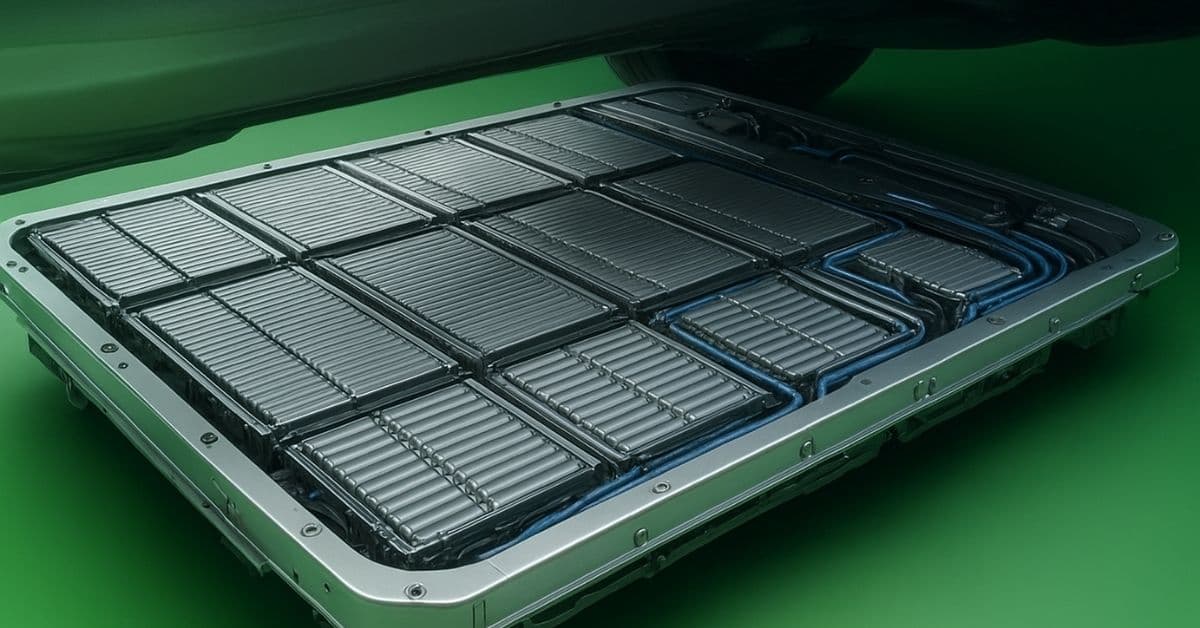The Tesla battery module is a critical component of the company's electric vehicles, providing the necessary energy storage to power the cars for hundreds of miles. As one of the leading electric vehicle manufacturers, Tesla has developed a range of battery modules that are designed to be efficient, reliable, and sustainable. In this article, we will take a closer look at the Tesla battery module, exploring its design, functionality, and significance in the context of electric vehicle technology.
Key Points
- Tesla battery modules are designed to provide high-energy density and long cycle life
- The modules are composed of multiple battery cells, which are connected in series and parallel to achieve the desired voltage and capacity
- Tesla uses a range of battery chemistries, including nickel-manganese-cobalt (NMC) and lithium-iron-phosphate (LFP)
- The battery modules are integrated into the vehicle's battery pack, which is designed to provide optimal performance, safety, and durability
- Tesla's battery technology is continuously evolving, with ongoing research and development focused on improving energy density, reducing costs, and enhancing sustainability
Design and Functionality of Tesla Battery Modules

Tesla battery modules are designed to be highly efficient and reliable, with a focus on providing optimal performance and safety. The modules are composed of multiple battery cells, which are connected in series and parallel to achieve the desired voltage and capacity. The cells are typically arranged in a rectangular format, with a range of electrical and thermal management systems in place to ensure safe and efficient operation. The modules are also designed to be highly scalable, allowing them to be easily integrated into a range of vehicle platforms and applications.
Battery Cell Chemistry and Configuration
Tesla uses a range of battery cell chemistries, including nickel-manganese-cobalt (NMC) and lithium-iron-phosphate (LFP). These chemistries offer a range of benefits, including high energy density, long cycle life, and excellent thermal stability. The cells are typically configured in a prismatic or cylindrical format, with a range of sizes and capacities available to suit different vehicle applications. The choice of cell chemistry and configuration will depend on a range of factors, including the specific vehicle platform, performance requirements, and cost constraints.
| Battery Cell Chemistry | Energy Density (Wh/kg) | Cycle Life (cycles) |
|---|---|---|
| NMC (Nickel-Manganese-Cobalt) | 120-150 | 500-1000 |
| LFP (Lithium-Iron-Phosphate) | 100-120 | 1000-2000 |

Integration and Performance of Tesla Battery Modules

The Tesla battery modules are integrated into the vehicle’s battery pack, which is designed to provide optimal performance, safety, and durability. The battery pack is typically composed of multiple modules, which are connected in series and parallel to achieve the desired voltage and capacity. The pack is also equipped with a range of electrical and thermal management systems, including battery management systems (BMS), cooling systems, and electrical connectors. These systems work together to ensure safe and efficient operation, while also providing real-time monitoring and control of the battery’s state of charge, state of health, and other key parameters.
Electrical and Thermal Management Systems
The electrical and thermal management systems play a critical role in ensuring the safe and efficient operation of the Tesla battery modules. The BMS is responsible for monitoring and controlling the battery’s state of charge, state of health, and other key parameters, while also providing real-time feedback to the vehicle’s control systems. The cooling system is designed to maintain a stable temperature, typically between 20-40°C, to ensure optimal performance and longevity. The electrical connectors and wiring are also carefully designed to minimize electrical resistance and ensure reliable connections.
What is the typical lifespan of a Tesla battery module?
+The typical lifespan of a Tesla battery module will depend on a range of factors, including the specific chemistry and configuration, as well as the vehicle's operating conditions and maintenance schedule. However, Tesla estimates that its battery modules will retain up to 70% of their original capacity after 150,000 miles or 8 years of operation.
Can Tesla battery modules be recycled or repurposed?
+Yes, Tesla battery modules can be recycled or repurposed at the end of their life. The company has established a range of recycling programs and partnerships to ensure the safe and responsible disposal of its battery modules. The recycling process typically involves the recovery of valuable materials, such as lithium, nickel, and cobalt, which can be reused in the production of new battery cells.
In conclusion, the Tesla battery module is a critical component of the company’s electric vehicles, providing the necessary energy storage to power the cars for hundreds of miles. With a focus on high-energy density, long cycle life, and excellent thermal stability, Tesla’s battery modules are designed to be efficient, reliable, and sustainable. As the company continues to evolve and improve its battery technology, we can expect to see further advances in performance, range, and affordability, making electric vehicles an increasingly attractive option for consumers and fleets around the world.



